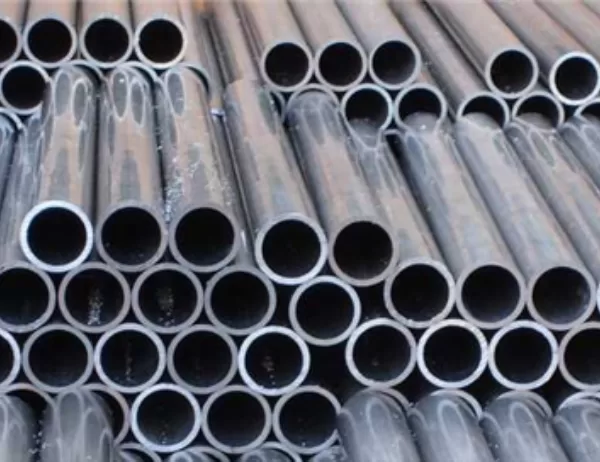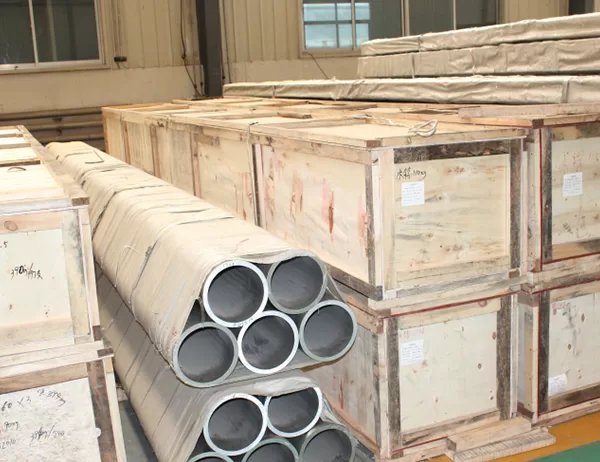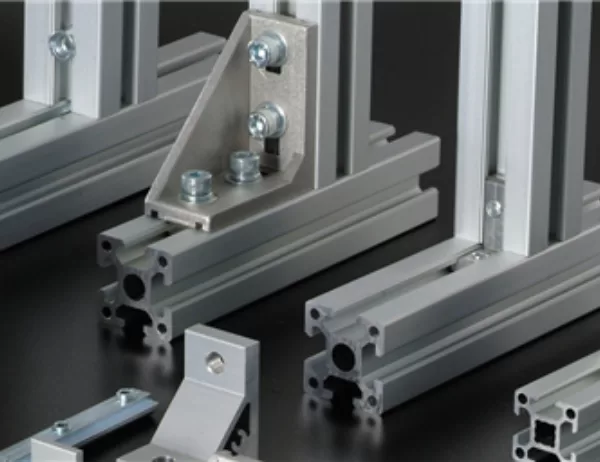Introduction:
In the realm of renewable energy, solar panels stand as the radiant beacons of our sustainable future. Their ability to harness the boundless energy of the sun demands a robust and reliable framework to ensure their longevity and optimal performance. Enter aluminum profiles, the unsung heroes that form the intricate skeletons of solar panel frames.
Understanding Aluminum Profiles:
Aluminum profiles refer to extruded shapes crafted from aluminum alloys, a lightweight and versatile metal renowned for its strength, corrosion resistance, and ease of fabrication. These profiles play a crucial role in providing structural integrity while maintaining the sleek and durable profiles of solar panels.
Types of Aluminum Profiles:
A myriad of aluminum profile designs exist, each catering to specific requirements of solar panel frames. Some common types include:
Plain Profiles: Simple, rectangular or square profiles that offer basic support and mounting points.
U-Profiles: U-shaped profiles that provide enhanced rigidity and allow for easy integration of electrical components.
H-Profiles: Sturdy, H-shaped profiles designed for high load capacities and reduced deflection.
Corner Profiles: Specialized profiles that reinforce corners and ensure structural stability at critical junctures.
Factors to Consider:
When selecting the appropriate aluminum profile for solar panel frames, several factors must be carefully considered:
Structural Requirements: Determine the weight and wind loads the frame will be subjected to.
Corrosion Resistance: Ensure the profile can withstand harsh outdoor conditions, including UV radiation and moisture.
Formability: Assess the profile’s ability to be bent or shaped to accommodate complex designs or installation requirements.
Compatibility: Verify the compatibility between the profile and other components of the solar panel system, such as mounting hardware and electrical connectors.
Conclusion:
Selecting the optimal aluminum profile for solar panel frames is paramount to ensuring the longevity, efficiency, and aesthetics of these renewable energy sources. By understanding the types of profiles available and carefully considering the factors outlined above, you can optimize your solar panel investments and harness the full potential of this sustainable technology.




